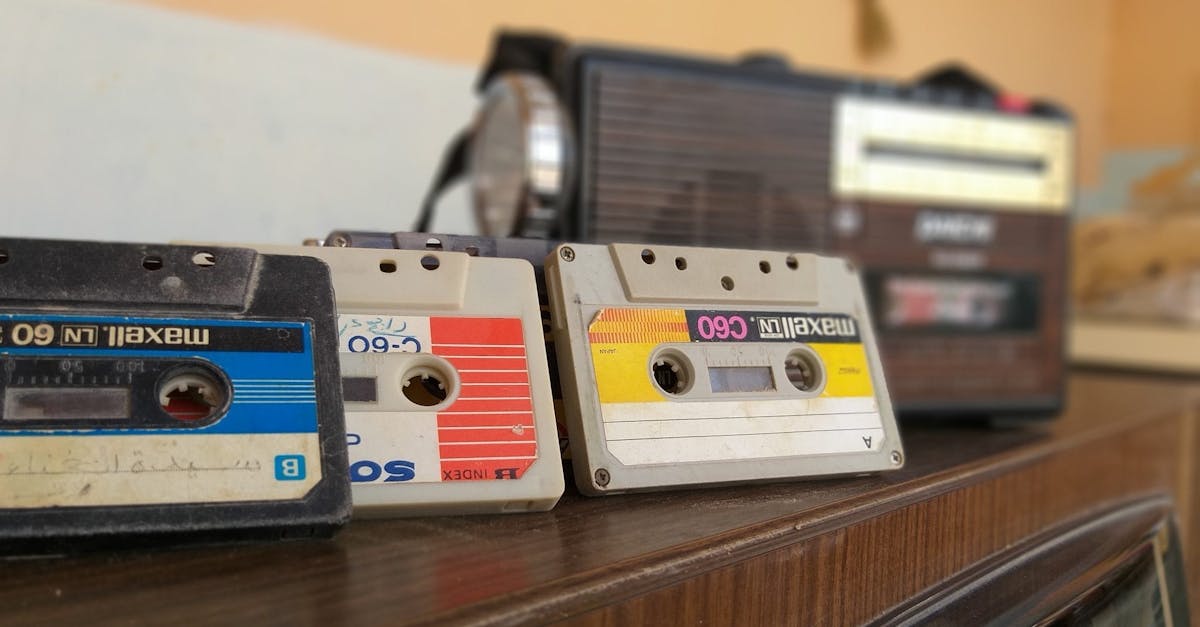SCORM learning management system

What is scorm?
The scorm meaning encapsulates features of the widely-compatible format for the distribution of content. All organisations can use scorm for learning and training, being the lowest common denominator. Moving away from the scorm standard, modern mobile learning management systems distribute courseware through integrated LMS’ and authoring tools.
SCORM is to eLearning what coal is to industry. The usage of both was born from bold, progressive forward thinking from historical figures and they both revolutionized their industries to the point where their inception marked the beginning of a new era. And yet scorm compliance can still be important, despite other alternatives.
What is a scorm file?
A scorm file is a zip file containing several markup files necessary to indicate how is built the course content and all the required assets. To be valid, a scorm file needs to contain a specific xml file structure. The SCORM specification has been through several versions: – SCORM 1.1 – SCORM 1.2 – SCORM 2004 Each specification slightly differs in the list of required xml files, and schemas. Previously, scorm file were containing course assets as flash files, but more and more scorm files now contain html5 assets. When utilising the scorm file format, it is common that it takes weeks to produce company training courseware. This proves the scorm format to be outdated and not the most efficient method for providing top-tier training to your employees. Scorm html5 reduces the interactivity and emmersion learners can have in their learning, further emphasising the effectiveness of a modern LMS which is able to import and process your existing SCORM content.
Start Using EdApp SCORM LMS & Authoring Tool
No credit card required.
Why is SCORM 1.2 still so popular?
Many courseware producers’ business models involve signing organisations up for training course content which then needs to be distributed to a multitude of different companies – each with a potentially-different Learning Management System. SCORM, being the lowest common denominator, feature-free, widely-compatible format for content means it’s the go-to file-type that’s used to distribute courses: all organisations can use it for learning and training… badly. Not using SCORM shrinks the market size so the primary concern is the authoring company’s bottom line – not better learning.
Being nearly 20-years-old, it’s ancient in computer software terms and a few, early updates did little to improve matters. The lack of features pay little heed to modern, effective, interactive learning methods. On top of this course content is produced on a one-size-fits all basis (there’s minimal opportunity for dynamic, relatable content to be included). Course updates are few and far between and the instructional designers who authored them will only likely get feedback as to the effectiveness of a course if they have a formal meeting with the customer’s L&D department, much later on.
In addition to this, while many LMSs allow the use of SCORM packages on mobile devices, the user experience is generally horrible. It’s little wonder that course completion rates are frequently under 20 per cent. Learning becomes a chore and tends to be very ineffective.
There are far more effective, better-learning systems on the market. Mobile-focused microlearning, with its dedicated, mobile-focused templates, is at the forefront. Below, we’ve listed three reasons why you should consider either replacing SCORM-content-based learning with a rapid authoring tool (that’s embedded into a mobile LMS) or at least integrate these modern learning technologies into your existing L&D environment.
SCORM LMS & microlearning
• Mobile focused microlearning is more agile and up-to-date
It usually takes weeks to produce bespoke company training courseware. Typically, an agency (or separate company department) will have to be briefed and paid a considerable amount of money before the subsequent material will pass from the instructional designer to the owner (using a SCORM file) without them ever seeing how effective it was. The creator won’t be able to tweak elements as they’re unlikely to see any completion metrics and if the owner ever wants to update anything, they’ll have to pay even more money and wait even more time to get it back. Not surprisingly, a great deal of SCORM-format courseware is out of date but still gets used because updating it is put in the too hard basket. Such are the economic and scheduling considerations that actual effectiveness of the training takes a distant back seat.
Conversely, by using a Rapid Authoring Tool plus interactive templates and an integrated LMS, it can take minutes to create a microlesson. An entire course can be created easily (by non-specialist Instructional Designers if need be) in the morning and deployed in the afternoon. If something happened in the news that affects content of a course, it can be updated and redistributed in minutes – no more having to cite examples from that corporate case study back in 1995(!) Ultimately, the separation between isolated authoring and delivery is negated and new (and updated) content can be created and distributed within minutes.
• Peer Learning
L&D experts agree that as much as one-third of organisational training should come from people within a company and it’s not hard to see why. Nobody knows about dealing with customers, clients, procedures and practices better than those who deal with them day-in, day-out. Naturally, this is impractical when a SCORM-based course is being developed by an Instructional Designer who may only have an overview of the practices that take place. For instance, it’s one thing for a remote designer to remind learners to dress smartly and be polite when it comes to meeting a new client, it’s something else when a peer can add that a client hates coffee, loves a particular football team, hates wearing ties and is always 10 minutes early.
Such key insights require personalized training methodology and is off limits when a trainer is isolated from the organisation. Conversely, with microlearning, even someone with minimal L&D experience can add a few lessons to templates that will greatly-empower a workforce and lead to better customer-based results. It also comes with the added benefit of making your employees (who are imparting their knowledge) feel more valued and loyal while simultaneously making the recipients of that knowledge feel like they’re growing (both personally and in career terms).
• Gamification
Sporting the most basic interactive features, SCORM-based content isn’t much fun to interact with. While performing company training by clicking, “Next” on a computer might have represented the height of sophisticated interaction back in 2001, it’s a different story now.
Mobile-based microlearning leverages the almost ubiquitous ownership of mobile devices and their powerful, interactive features. This means it’s simple to turn basic questions into interactive games replete with scores, timers, leaderboards and prizes for the best/quickest performers.
Suddenly learning doesn’t feel like learning anymore and knowledge retention is dramatically enhanced. Completion rates approach 100% while (previously unfathomably) some users go back and repeat the course in an effort to improve their score(!)

There are associated benefits with the above including dramatically lower costs of course production but mobile-based microlearning has another key benefit in that it can partner with existing training to reinforce and measure learning. If an initial SCORM course (with its basic Q&A system) is regarded as one slab of knowledge transfer, using mobile-based microlearning to ask interactive/gamified questions and reinforce key issues later (perhaps using spaced repetition) makes all of the learning more effective while modern analytics easily illustrate what worked well and what didn’t.
EdApp: A SCORM Learning Management System
EdApp’s LMS, EdApp’s mobile-focused authoring tool and EdApp’s scorm app are free to use. If you don’t want to use the integrated LMS you can export to SCORM and keep your work. You can also use xapi and tincan with EdApp free SCORM LMS. There’s an unlimited evaluation period. If you’d like to try or learn more about mobile-focused microlearning, get in touch at enquiries@edapp.com. or sign up for free here or in the box below.
[wpipa id=”815″]
Related: Ed is now SCORM conformant
Related: User Guide: Using a SCORM package with additional questions to create a complete lesson
Curated course examples
Author
Guest Author Daniel Brown
Daniel Brown is a senior technical editor and writer that has worked in the education and technology sectors for two decades. Their background experience includes curriculum development and course book creation.
